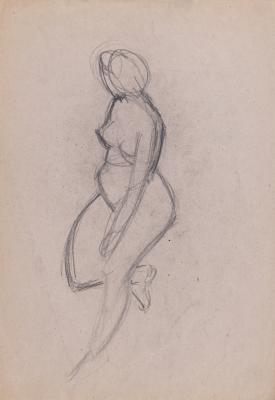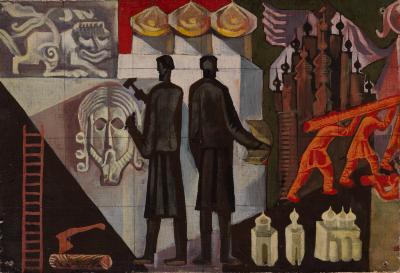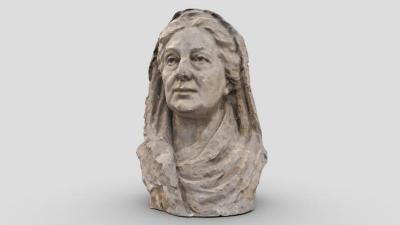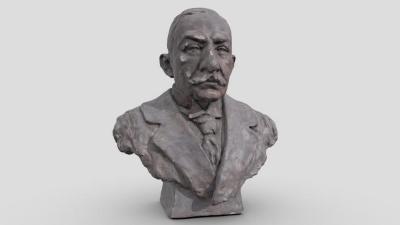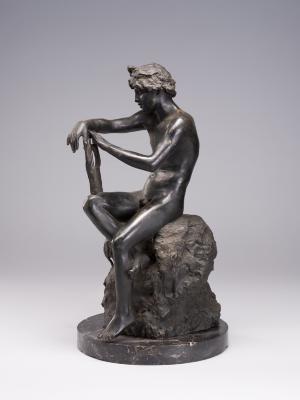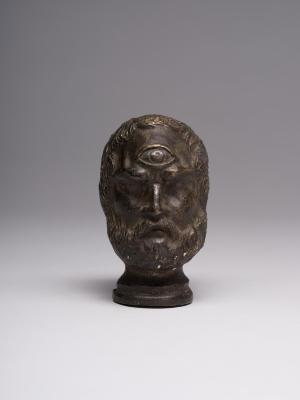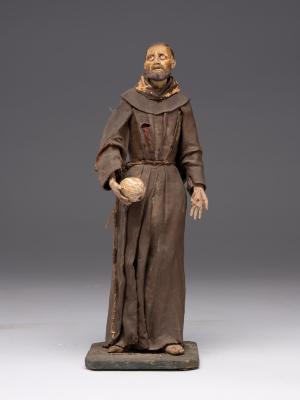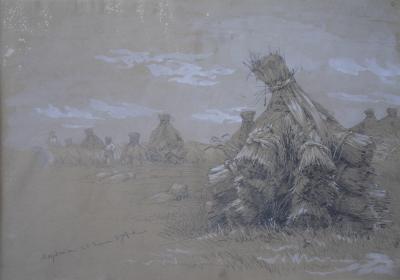The works of the 1960s are a vivid example of the perfect artistic integrity of modernist formative searches and humanistic convictions of Leopold Levytskyi, whose creative work had a significant impact on the development of Lviv art in the second half of the twentieth century. During this period, some changes affected not only art. In 1962, at the invitation of friends, the artist went to Krakow to finally obtain a diploma in art education from the Academy of Fine Arts. During the meetings, it emerged that, despite the war, one of the artist's friends managed to save a suitcase with cliches of etchings from the 1930s. Acquaintance with the post-war works, memories of his student years, and analysis of his oeuvre were the impetus for changes in the creative work of Levytskyi. The artist allowed himself to experiment with the form, plasticity, composition, and plot. Working fruitfully in printmaking, the artist crystallised his graphic style based on the archetypes of primitive folk art and avant-garde stylisation. Thus, the unique features of the author's style were the form-building dynamic line that changed its thickness around objects and the ability to stylise and simplify the form to naive simplicity.








